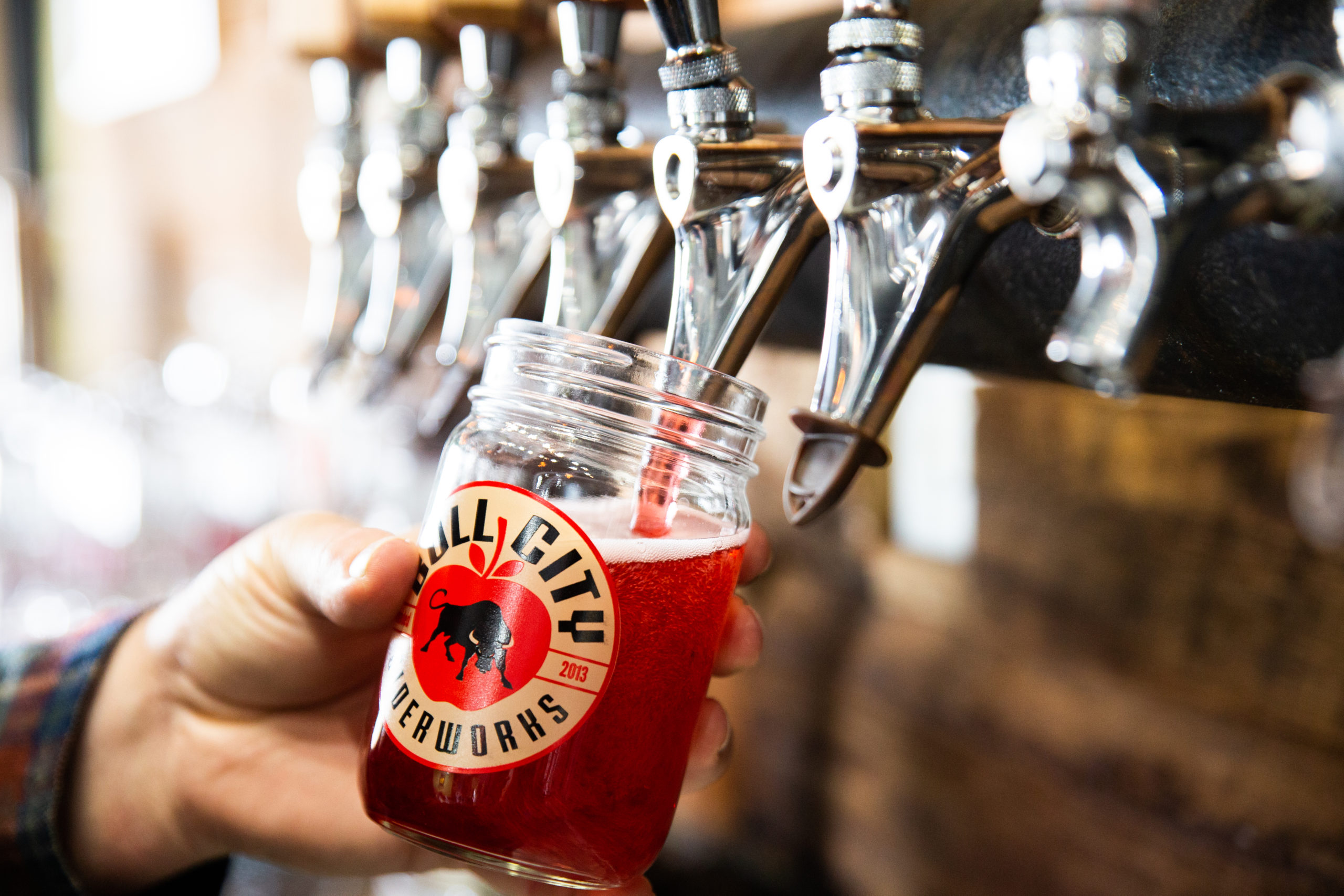Sharing a new product with customers is a long-awaited moment of satisfaction — the result of much planning, trial and error behind the scenes.
In 2020, product development has become especially important, with taprooms and tasting rooms adapting to social distancing and new product launches on the decline. Among breweries alone, one recent survey found new product releases were down more than 43% in April and May of 2020, compared to the same period last year.
That means, more now than ever, developing a compelling and profitable product is equal parts science and art. For every offering that reaches the public, another remains a casualty in the quest for the perfect taste. Here are some tips to help you separate the chaff from the wheat.
1. Start with customer feedback
Before you start stocking shelves with product, you need to have a firm grasp of where that product fits within the industry.
This is where outside input is a must. When you’ve sampled batch upon batch of your own product, it’s easy to lose all objectivity. Consider taste tests and focus groups as opportunities to grow your understanding of what your customers want and whether your new product delivers. Customers also enjoy the exclusivity that comes with trying brand-new products, so you’ll have the added benefit of increasing customer loyalty while you test out your latest concepts.
If you don’t have an existing customer base, reach out to boutique stores, bars or bottle shops. Their owners and employees can provide their own individual feedback. as well as insight into what they’re seeing and hearing from craft shoppers.
2. Hone your unique selling proposition
Every product tells a story. Marketing is about simplifying that story so it captures the imagination of others.
To give your product the best chance of success, identify its unique selling proposition and lean into it like crazy. Below is a list of potential selling points. Get creative and watch for what sticks:
● Backstory — Why did you make it? What was your inspiration? This brings your approach and your business to life for your customers.
● Ingredients — What do you use, and why does that matter? How do your ingredients differentiate you from the competition?
● Core values — What do you stand for, and how do those values come to life through the products you make?
● Flavor combinations — What unique flavors and ingredients are you bringing together, and how do those combinations surprise and delight your customers?
● Funny names and concepts — The craft industry is famous for this, and customers can’t get enough. If this falls in line with your vision, lean into it. Chances are, it will resonate and inspiration can be found anywhere from Double Dog Dare to Mommy’s Time Out.
3. Document everything
As fun as it can be to experiment, turning a product into a business requires consistency across multiple channels, and that starts with documenting your processes. You need to be able to replicate a product to gain repeat customers and scale your business.
Whether you start with a base recipe or, like most wineries, figure out the appropriate blends as you go, producers should make the habit of documenting the production process so it can be replicated or built upon for the future. Make sure you’re taking note of raw ingredients used, packaging types, variations on a base recipe, fermentation times, and specialty equipment needed. It can be difficult to gather this data retroactively, so capture all the necessary data during the production process. Then, make the documentation accessible so everyone on your team is on the same page.
4. Collaborate within the community
Part of the joy of craft production is the community it fosters. Whether it’s supporting local businesses or sharing equipment and industry knowledge, great things happen when craft makers come together as peers.
Private label, co-packing and co-manufacturing are common but seldom talked-about segments of manufacturing. Often, these relationships are born from necessity. One brewery may be pressed for equipment, while another has the power and time to spare. And when an R&D team can dream outside its immediate limitations, it can think much more outside the box. For instance, a partnership helped Foley Family Wines think outside the bottle, too. It worked with a co-packer to release its Guenoc line in cans as a response to market trends.
Collaborations can be customer-facing, too. Crossover products are popular with consumers, and they can be a great way to introduce your product to new markets. The key here is to target brands with some overlap. A good example is Harpoon Brewery, which recently unveiled some coffee- and donut-inspired beers with Dunkin’ Donuts. Both are well-established brands with Massachusetts roots and popular with locals.
Collaboration can happen at the grassroots level, too. For instance, NoDa Brewing Company in Charlotte recently partnered with Nightflyer Roastworks, a coffee roaster located just down the street, for a breakfast stout release. These hyperlocal partnerships help fuel the community ecosystem where craft brews thrive.
5. Pay attention to costs and margins
At the end of the day, a product has to sell. Businesses have limited resources, and ingredients, equipment and labor come with real costs. As exciting as a new product may be, if it doesn’t move the needle and improve the bottom line, it’s hard to justify continued production.
As you develop products, devote some time to tracking your costs and margins, and have clear targets for both. With that knowledge in hand, focus on the products that generate the most return on investment before making any large capital expenditures.
Sometimes a product can be a big hit with customers. Catawba Brewing Company’s White Zombie, for example, began as a Halloween brew and blossomed into a year-round offering and the company’s best-selling product. And then there are those products we love that just don’t make enough to justify the production effort long term.
Whatever your product’s destiny may be, square yourself with all outcomes. If you find yourself with a big winner, be prepared to scale and give the people what they want. And always be willing to go back to the drawing board. That’s what craft production is all about.



